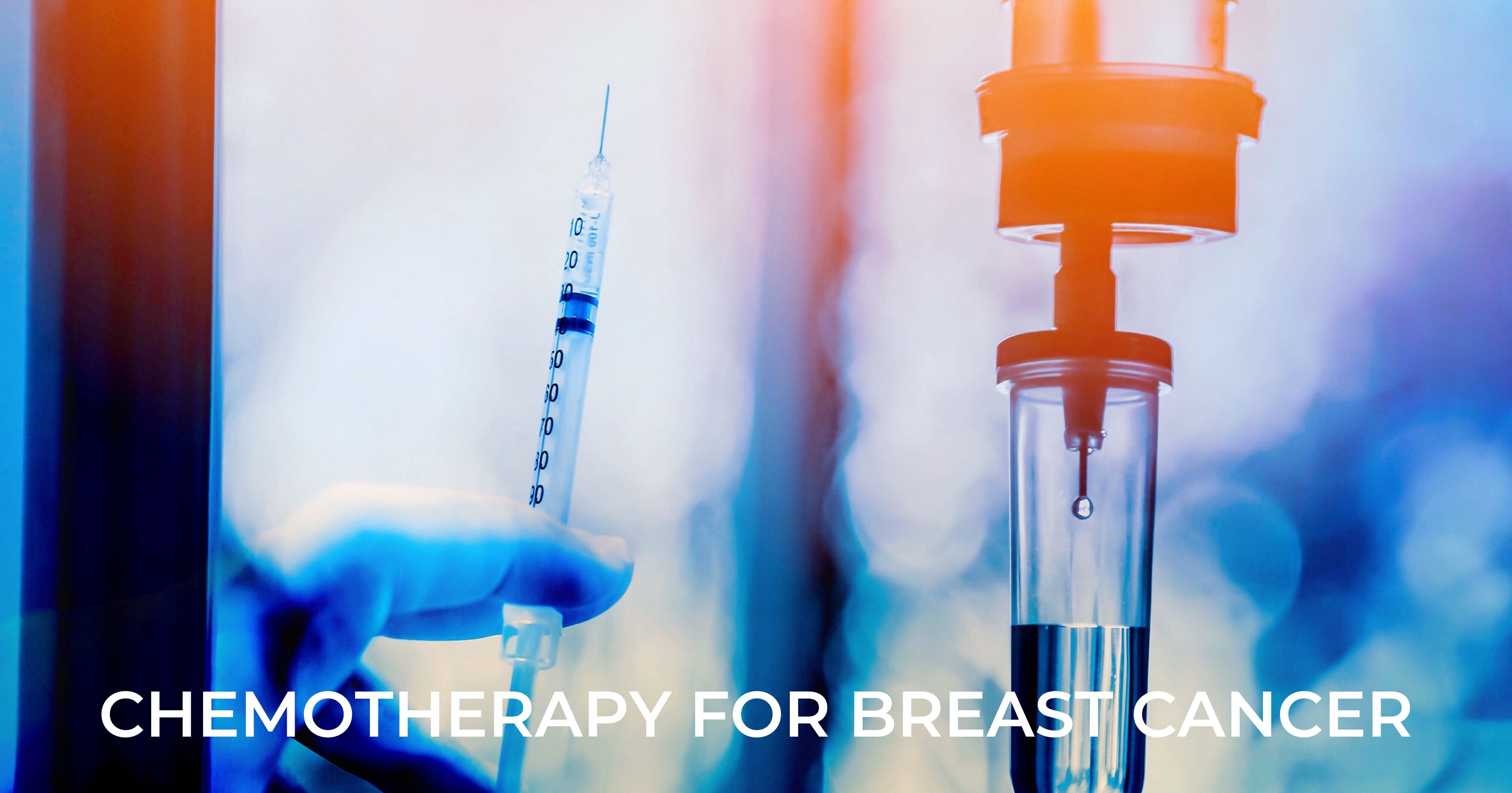The concept of chemotherapy comes with mixed feelings of anxiety and indecisiveness for many. Not knowing what would happen to you, or what to expect can be very stressful for you. In this article, we have tried to cover the terms that you might hear while going through your chemotherapy, encompassing all the steps and types of treatment, and the side effects.
In case you are more worried about the side effects, this is to assure you that most side effects can be controlled, and they start to disappear soon after the treatment is over. Few side effects may be prolonged and continue for months, or even years. The secret is to remain calm and patient and continue with your daily regime until the side effects are debilitated.
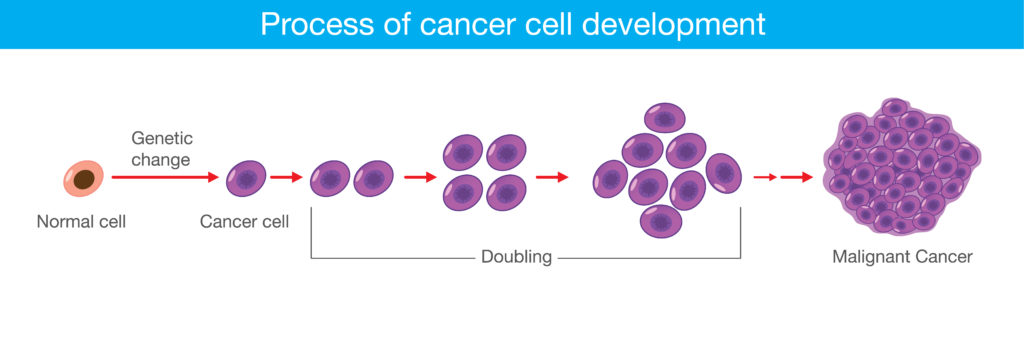
THE MEANING OF CHEMOTHERAPY
Chemotherapy is the use of anti cancer drugs to destroy cancer cells that are growing in your body.
HOW CHEMOTHERAPY WORKS
Normal cells grow, divide and die in the body in an ordered way. Cancer cells grow, divide and die in an uncontrolled way, disturbing the growth and functioning of the normal cells.
In such a situation, chemotherapy drugs interfere with the growth of such cells. Usually, a combination of the drugs are used to interfere with the cancer cells at different times of their growth.
Chemotherapy affects cells throughout the body.
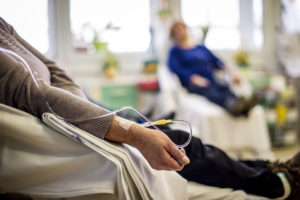
CHEMOTHERAPY FOR PRIMARY BREAST CANCER
Cancer that has not spread beyond breast tissues and lymph nodes under your armpits is termed as primary breast cancer. Chemotherapy is usually followed by mastectomy. Radiotherapy may also be given simultaneously.
- Chemotherapy can be given before surgery to sedate the growth of rapidly growing cancer cells and inhibit them from spreading on to other parts of the body.
People having triple negative breast cancer (cancer that grows rapidly), inflammatory breast cancer or HER2 positive breast cancer are more likely to be given chemotherapy before surgery. - Chemotherapy can also be given after surgery to reduce chances of cancer cells coming back to your body. Chemotherapy used after surgery is termed as adjuvant chemotherapy.
THE NEED AND BENEFIT OF CHEMOTHERAPY
Whether you require chemotherapy is primarily decided by the grade of your cancer (how different your cancer cells are from normal breast cells and how quickly the cancer cells are growing). Other normal health conditions are also taken into account. The following kinds of pathological tests might be conducted where the oncologist can estimate what benefit you may get from chemotherapy:
Genomic assays (also called gene expression profiling or gene assays): These tests look at groups of genes found in the breast cancer. The tests are carried out on breast tissue removed during surgery. These tests are not suitable for everyone.
a. Oncotype DX: Determines the chances of recurrence of breast cancer. Depending upon the recurrence score, chemotherapy is recommended. In case the score is higher, chemotherapy will be recommended.
b. EndoPredict/ Prosigna Breast Cancer Prognostic Gene Signature Assay: Determines the likelihood of the cancer spread within 10 years. The result is reported in terms of high risk or low risk.
Chemotherapy can be given to people who have secondary breast cancer. Chemotherapy can be used to shrink or slow the growth of secondary breast cancer. Along with chemotherapy, your oncologist may also give other kinds of drugs, like targeted therapy or hormone therapy.
Radiotherapy usually follows chemotherapy.
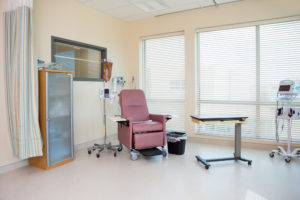
CHEMOTHERAPY CYCLES:
Chemotherapy is usually given as a series of treatments with a small gap of duration after each treatment, to allow time to your body to recover from any short term side effects. Chemotherapy may be given weekly or fortnightly.
The combination of drugs given during chemotherapy is tailored according to the type of your cancer. This also determines the number of cycles you would need to undertake.
An intense form of chemotherapy, known as dose dense chemotherapy is also under testing. In this, the same dosage of drugs are given at a shorter gap duration.
CHEMOTHERAPY ROOM
Before starting chemotherapy, most hospitals would arrange for a chemotherapy information session, where you would be informed about how and when chemotherapy would be given to you, and how would you endure it.
Usually chemotherapy is given after confirming a written consent. From time to time, you would have blood tests to determine if your red blood cell count has dropped below a certain level. In such a scenario, chemotherapy may be paused.
The drugs are usually given in a chemotherapy room, in the presence of an oncologist. You would be seated comfortably in a chair, where the drugs would be given to you.
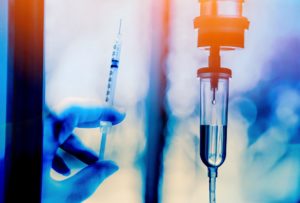
Chemotherapy can be given:
- Intravenously:
- Cannula: The most common way of giving chemotherapy involves inserting a small needle and plastic tube called a cannula into a vein, either in the back of the hand or lower arm. The needle is then removed and the plastic tube left in place. The diluted drugs are then slowly injected into the vein.
After every session, a new cannula is inserted. Chemotherapy is given on the side opposite to which the surgery has been done.
- Cannula: The most common way of giving chemotherapy involves inserting a small needle and plastic tube called a cannula into a vein, either in the back of the hand or lower arm. The needle is then removed and the plastic tube left in place. The diluted drugs are then slowly injected into the vein.
-
- Skin-tunnelled catheter: This is a fine silicone tube that’s inserted into a vein through a small cut in the chest. You would be put under local anesthesia during this. This catheter, also known as Hickman or Groshong line, can stay in place for several months. Blood samples can also be taken using this.
After completion of the treatment, the catheter is removed.
- Skin-tunnelled catheter: This is a fine silicone tube that’s inserted into a vein through a small cut in the chest. You would be put under local anesthesia during this. This catheter, also known as Hickman or Groshong line, can stay in place for several months. Blood samples can also be taken using this.
-
- Peripherally inserted central catheter (PICC): A PICC is inserted into a vein in your arm, at or above the bend in your elbow, and extends into the large vein leading to your heart. It is kept in the same position until the treatment is over, under local anesthesia.
PICC is kept under a dressing, and your nurse shall guide you as to how to take care of it.
- Peripherally inserted central catheter (PICC): A PICC is inserted into a vein in your arm, at or above the bend in your elbow, and extends into the large vein leading to your heart. It is kept in the same position until the treatment is over, under local anesthesia.
-
- Implanted port: An implanted port is a small device connected to a thin tube (catheter) put under the skin, usually in the chest or arm area. The other end of the tube goes into a large vein just above the heart. Chemotherapy drugs are given directly into the port by puncturing it with a specialised needle.
The port is removed after the drugs have been given. After removal, your would be dressed and your nurse shall inform about how to take care of your wound.
- Implanted port: An implanted port is a small device connected to a thin tube (catheter) put under the skin, usually in the chest or arm area. The other end of the tube goes into a large vein just above the heart. Chemotherapy drugs are given directly into the port by puncturing it with a specialised needle.
- Orally: Oral chemotherapy is taken by mouth, either as tablets or capsules. It can be taken at home, but the first dosage is usually given as an outpatient in a hospital, where you would be kept under observation for treating any side effects.
It is important to take all the medicines as prescribed in the hospital exactly in the way stated, for best action. There would be regular blood tests that would be conducted. In case you are unable to keep an oral medication down, you should immediately consult your oncologist and inform them of the same.
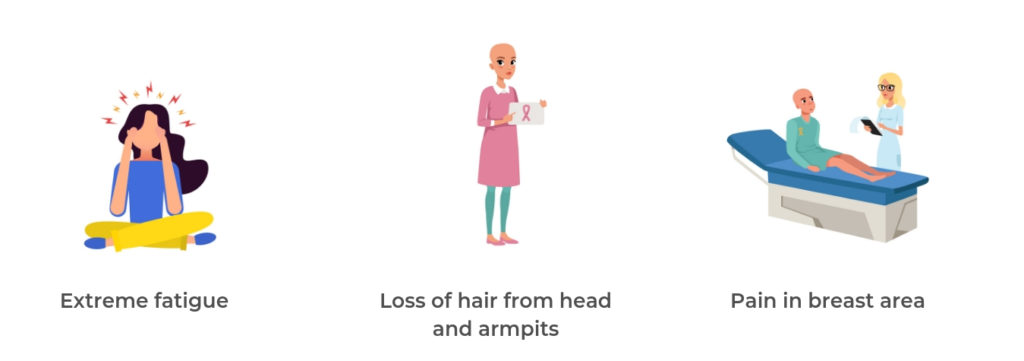
SIDE EFFECTS:
Chemotherapy might be followed by mild or severe forms of side effects. The most common side effects of breast cancer chemotherapy are:
- Reduced immunity resulting in increased risk of infection
- Anaemia (a drop in the number of red blood cells) during drug infusion
- Bruising and bleeding while insertion of catheters/ cannula
- Feeling nauseous and vomiting
- Hair loss or thinning
- Sore mouth with taste changes
- Extreme tiredness that does not go away even with ample rest (fatigue)
- Menopausal symptoms
- Hot flushes and night sweats
Your chemotherapy team shall guide you on how to deal with these symptoms.
On a personal front, many women prepare themselves mentally for pronounced side effects like hair loss and menopausal symptoms. If you are feeling very distressed, you may like to speak to a counsellor for assistance. After treatment is over, you may wear a wig, hat or scarf for some time until your hair grows back. A healthy, nutritious diet and regular light exercise is proved to be effective during this time.
If you want to read more in detail about the kind of side effects you might be exposed to during your breast cancer treatment, you may refer to www.aarnabiomed.in/poorti-08-side-effects-of-breast-cancer-treatment.
Chemotherapy may or may not be followed by radiation therapy, to destroy any cancer cells that might have escaped the drug, which further reduces chances of cancer recurrence.
